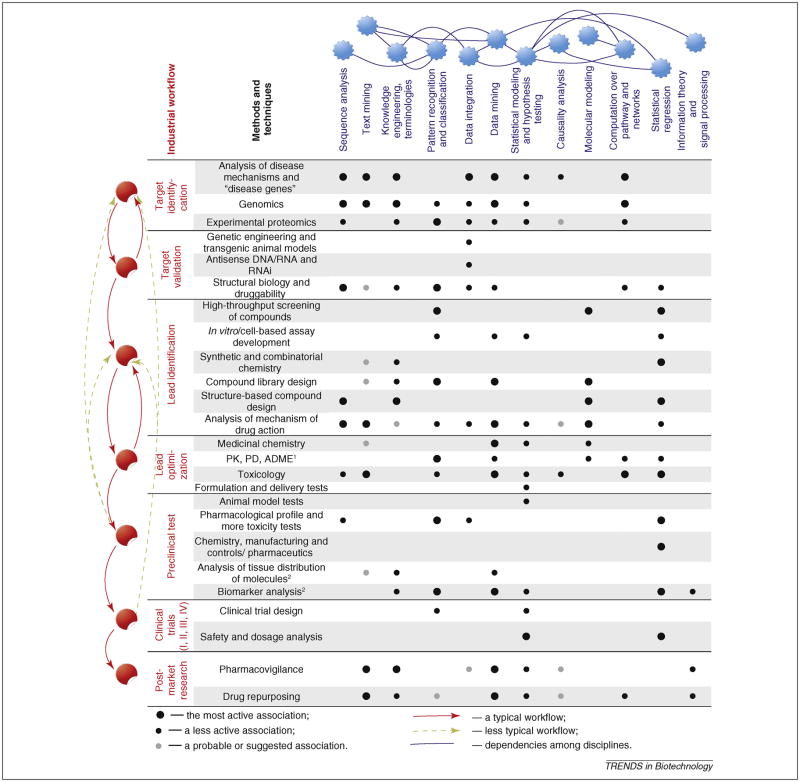Figure 1. Role of computational technologies in the drug discovery pipeline.
This figure summarizes how computational biology can impact drug discovery. The various stages of the drug discovery pipeline (See textbox 1 for detailed background on each step) are listed in the left column. We note that the traditional linear process is shifting to become more parallel, simultaneous and cyclical: Red arrows indicate the traditional pipeline while yellow dashed arrows suggest novel workflows that are increasingly adopted by pharmaceutical and biotechnological companies to increase productivity. Biomarkers and analysis of of target molecules’ tissue distribution are the most recently introduced checkpoints and are not required by FDA.
Computational biology methods discussed in the main text* are listed along the top row. Blue lines illustrate how each method is related with others. For example, sequence analysis relies on pattern recognition and classification; Text mining, terminologies and knowledge engineering are entwined, as are pattern recognition and classification. The impact of each computational technique on each stage of drug discovery (dependency between a pair of disciplines) is classified into three categories: actively or heavily used (big black dot), less actively used (small black dot) and our suggestion (small grey dot).
*We do not emphasize chemical informatics in the main text because it relates to issues from chemistry and not biology. Chemical informatics comprises a wide range of approaches from computational and combinatorial chemistry that model lead properties and their interaction with targets. These include chemical structure and property prediction; structure activity relationships; molecular similarity and diversity analysis; compound classification and selection; chemical data collection, analysis and management; virtual drug screening; and the prediction of in vivo compound characteristics.
PK: pharmacokinetics; PD: pharmcodynamics; ADME: absorption, distribution, metabolism, and excretion.

